DARK ROOMS, presented recently at Venice Immersive 2025, is an embodied exploration of human psychology through the prism of sexuality, directed by Mads Damsbo, Laurits Flensted Jensen and Anne Sofie Steen Sverdrup. Three viewers are invited to explore inner spaces, each one a private, intimate story told and co-created with real peole – Anjay, Trixie D., F.L. and yaalioness.
Cover: DARK ROOMS
DARK ROOMS is a very niche subject – were you part of this community or what drew you to this?
M.D. – It’s not necessarily a community more than it’s a space that holds opportunity and exploration of unknown territories. I’m very familiar with dark rooms, because for me, that’s where my own sexuality started to be challenged. Six years ago, I started understanding there was this whole subculture of ways that you could explore sexuality in these safer spaces and dark rooms. That’s where I’ve started to find my own sexuality.
My co-director Laurits and I were talking about doing a new project together. He was also exploring his sexuality, and we ended up talking about sex and dark rooms and role playing. We finally said, “We can’t stop talking about this. Let’s make a project that’s in this arena.”
M.D. – Co-creation was the intention from the beginning. To be very transparent, we hadn’t thought about our own identity and our own position in this, but suddenly opening up to a very queer and diverse group of people, we realized that, glaringly, we were white, cis, straight men approaching this subject. For both of us, it became really important that this was a story not just about someone, but also told by them. It wasn’t our place to tell their story. It was our place to facilitate a way to tell their story and use whatever we’ve learned throughout the years as documentary filmmakers and immersive storytellers to best translate the story. That was a really fun and also very complex process, because with more agents in the mix it becomes increasingly complex to decide.
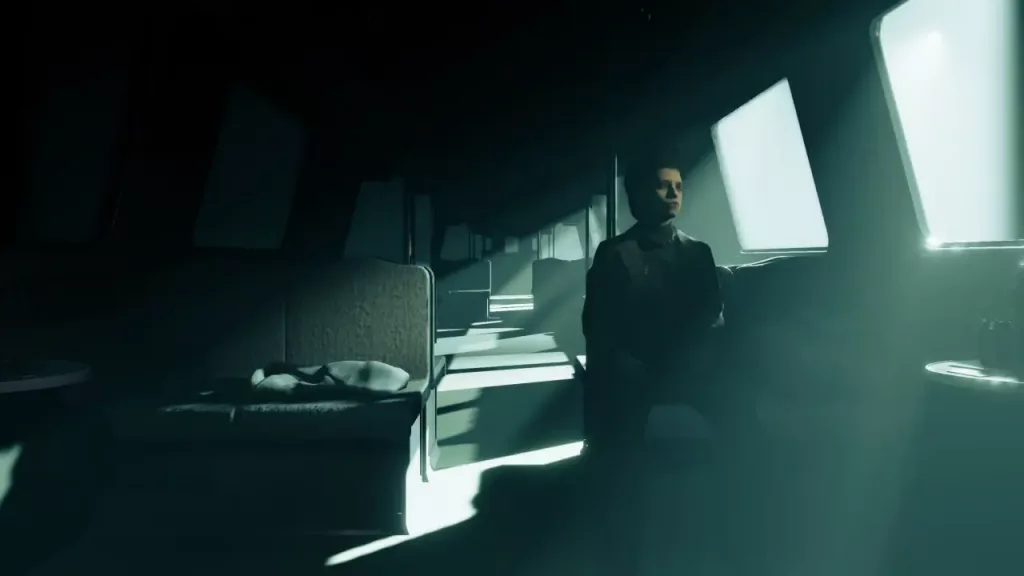
We did an open call loosely based on people who have had experiences where sex or sexual kinks or fantasies were involved in anything transformative, pivotal or made them see things in a new way. A lot of different stories came in, and we sorted them into groups and mapped them by levels of complexity. We wanted to let the audience slowly take those steps one at a time. So the first story is something we can all sort of recognize – the fact of wanting to get out from under an oppressive religious background, finding a new community and realizing you’re not alone. It had a lot to do with identity. The second one was more about trauma, and how some of these bad experiences you had as a child could actually, in some ways, be controlled or reclaimed or processed through the act of kinky play.
The final stories were the real people who sent in small videos where they told their stories. We had a chance to meet them and hear their voice, and then see them and their presence. Then we did deeper master interviews with them that dug into the whole story. From there, we started workshopping with the participants how to take their story and adapt it to a virtual environment. So it was very much a iterative process with them as co-creators of their story based on that initial master interview, which is still the fundamental thing that runs through the experience. You hear the voiceover from the participants themselves, which is taken from either that master interview or follow up interviews we did.
How did the co-creators feel as they went through the process and their stories were visualized and incorporated into the VR experience?
M.D. – It was very different – some participants have been very laid back and felt that we really did a good job translating their story. They never really challenged it too much. Other participants, we really had problems to find a common language and to represent them correctly. And so that became more of a back and forth until the very end.
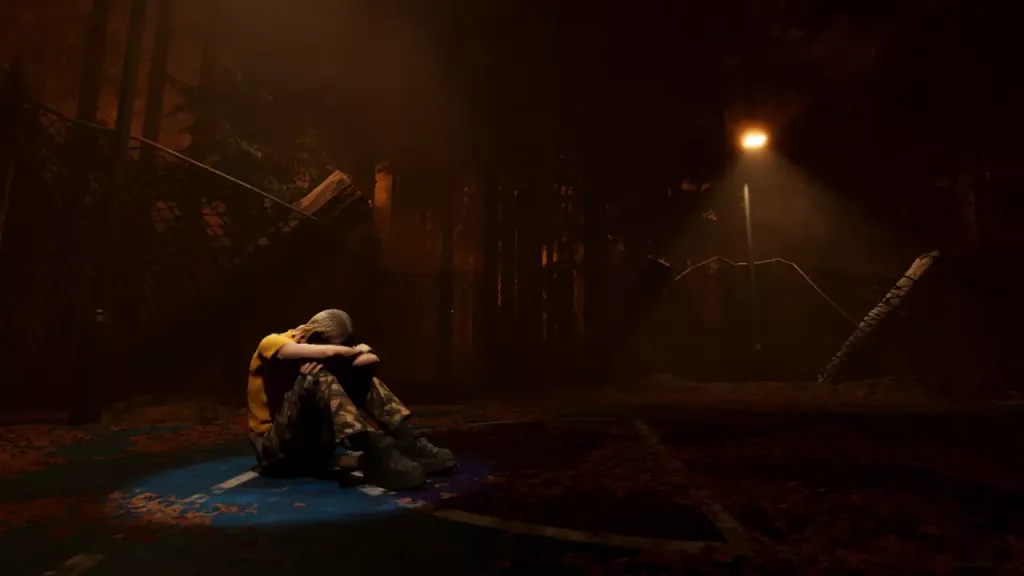
The thing is that the whole legal structure of consent, or the release forms that you normally would make in this kind of project, are replaced by a trust system. When you do these kind of intimate, sexual-related stories, you need the power as the protagonist or as a participant to pull your consent at any moment; just like you have at any point in any sexual act – even though you’ve said yes, you can always say no, right? This was super important. But that means that, from a legal perspective, they could, in theory, pull their participation at any point. So it was all about creating and maintaining a trust and a transparency in the process between the participants and the designers and creators.
M.D. – The collaboration we had with Bedside Productions was amazing. It was mostly in the early development phases and in the casting and workshop phases. Anne Sofie [Steen Sverdrup] was crucial, because she basically came with the structure for how these workshops should be run. She was doing the intimacy coordination and being a safety person for the participants, so they had someone to talk to that wasn’t the director. The playing field became even – a balance with Lauritz, me, Anne Sofie and the participant together in the space. It really worked well, because at times, there were just simply things that weren’t said out loud in the process, but said in parallel directly towards her, that she could then react to in a meaningful way and make sure that the participants’ wishes or concern were addressed correctly.
It was an eye opener for me. As a producer and creator, I’ve been used to a very classic process of creating a story, having writers attached, making things up as you go along, but always having the right to control and have the final cut. That’s just a very normal thing for the industry. But I think something more beautiful came out of this co-creation process that I couldn’t have thought of, and I’m grateful for that.
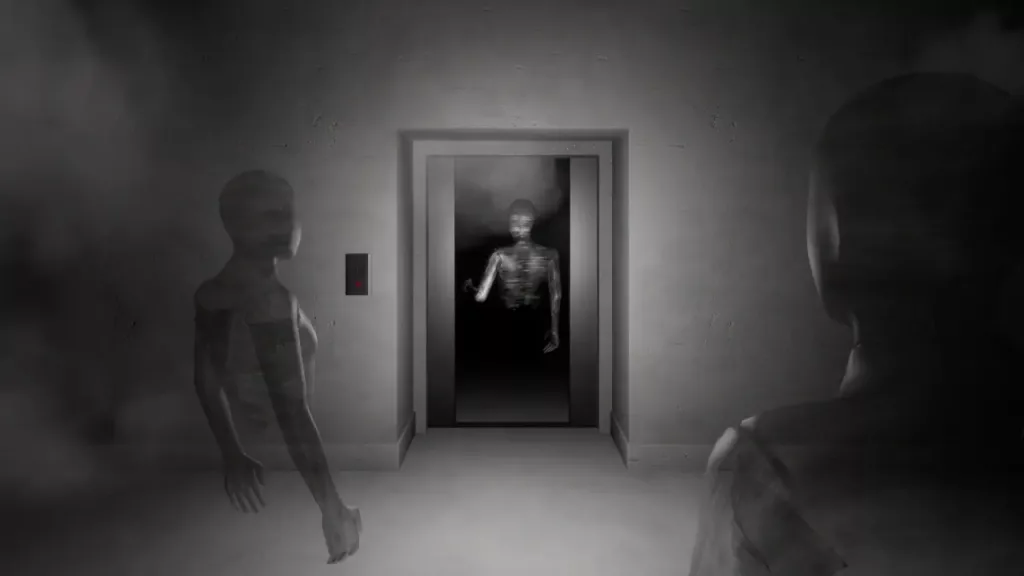
The stories that come out, they feel very natural, and very intimate, even in the beauty of them. I’m curious about your approach in terms of the artistic side of it. I like that you don’t put viewers in the shoes of the people, but rather, you put them in the dreams and memories of the co-creators, so they can observe along with them. How was it in terms of building this journey creatively and artistically?
M.D. – That was a wonderfully crooked design process, because we weren’t clear from the beginning exactly how to embody the audience in these stories. As we were moving through the stories, we realized that what we were really hearing was this dream logic where things become an otherworldly place that you can explore. So we thought, let’s use the idea of a dream logic where things don’t make sense, and one scene can move to another suddenly, or transitions can happen, or spaces can move and you can move, and it’s all fluid, but there’s a logic to it as you go through and travel these spaces that all underpin the story. And yes, they don’t put you in the shoes, but they put you in the space of the mental or physical memorized space of the participants, I think that is definitely the core of the design.
We also spend a lot of time designing on the idea of darkness. The whole concept is to explore unknown parts of yourself or your sexuality or your desires. We wanted to look at darkness, and what does it mean when light opens an area or passes through a space. Or if you’re the one that holds the flashlight and then creates the light that will expose the scene.
When we looked at it from above and saw all the scenes we had created, we had this weird map of a forest that became a riverside that became a train ride that became a subway station that became a toilet booth that became a locker room, etc… You could see where the audience would go and where they would end, which ends up being a call back into a space you see in the beginning. There’s a whole circular movement in the map of the experience.
M.D. – We had a strong creative core in Denmark that was revolved around me and Lauritz. He did the interviews and the structure of the storytelling, and my role was the design of the immersive experience. We had an art director in Denmark/Germany, and, very importantly, sound in Germany and Denmark.
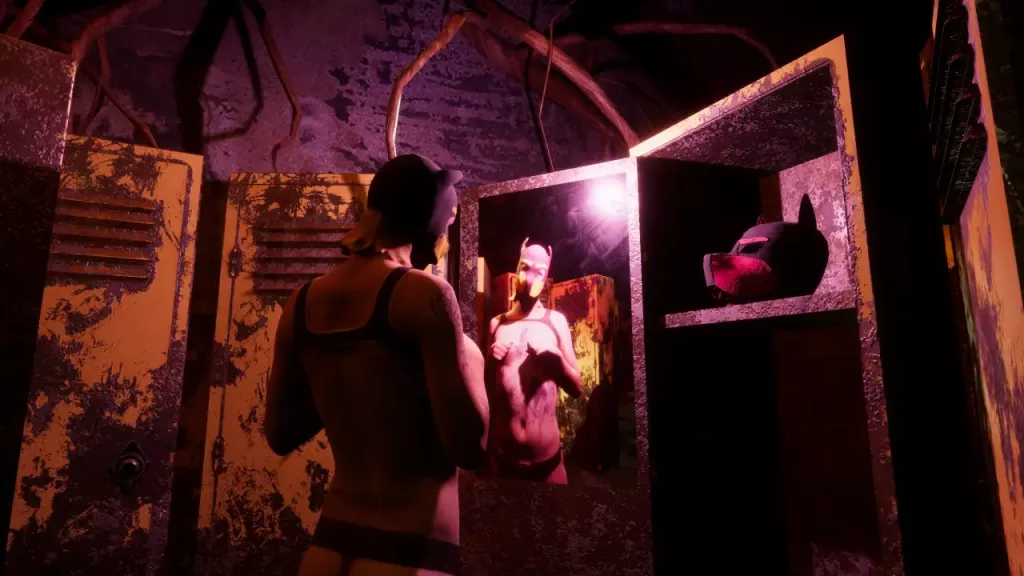
But then there was the whole visual design call, which was at NAXS Studio in Taiwan. They had done similar projects that were exploring Taiwanese gay sexuality in the volumetric capture kind of way, and they were doing things that we really loved. We could feel they weren’t afraid of the subject, and also had the style and cool factor that would really make sense for this project.
And NoWhere Media – the co-creation process was helped a lot by Gayatri [Parameswaran] and Felix [Gaedtke], who as impact creators have done this a lot with community co-creation. They were helping us in Berlin, and the volumetric capture was done in Berlin. So it became this combination of different creative cores working together across time zones – a really decentralized project with a lot of different creative voices and zoom meetings and parallel discussions.
At the end, you have a chatbot engage the user in a reflective conversation, that could range on a scale of intimacy and exploration. To be honest, it felt very real. What was behind that decision?
M.D. – That was a really interesting experiment for us. The AI had always been a part of the DARK ROOMS plan, because one of the biggest problems I see in scaling these kinds of immersive projects is the real time meeting between the audience and a participant or a protagonist or handler. We simply don’t have enough people that we can scale this up indefinitely. We need to think of solutions where we could outsource some of that to an AI potentially. We ran a lot of tests on what would an AI handler/host be able to do in the experience? Can it onboard us? Can it help us and guide us? Can we have sessions where we talk to it about what had happened in the experience? Could it play a role? We ended up using it in the end because it was the most obvious place to have a conversation once you’ve gone through the experience.
You’re talking to a conversational agent, basically a text-to-speech model that can listen to what you’re saying and, with low latency, take some text from a language model and create it as a natural conversation in a natural voice. We prompted the hell out of it with deep information about the experience and the context of when it’s talking to you, what it’s supposed to do, its tone… So there’s a lot of layers of us designing that performer to be what we wanted it to be, and then you have a conversation in private with it.
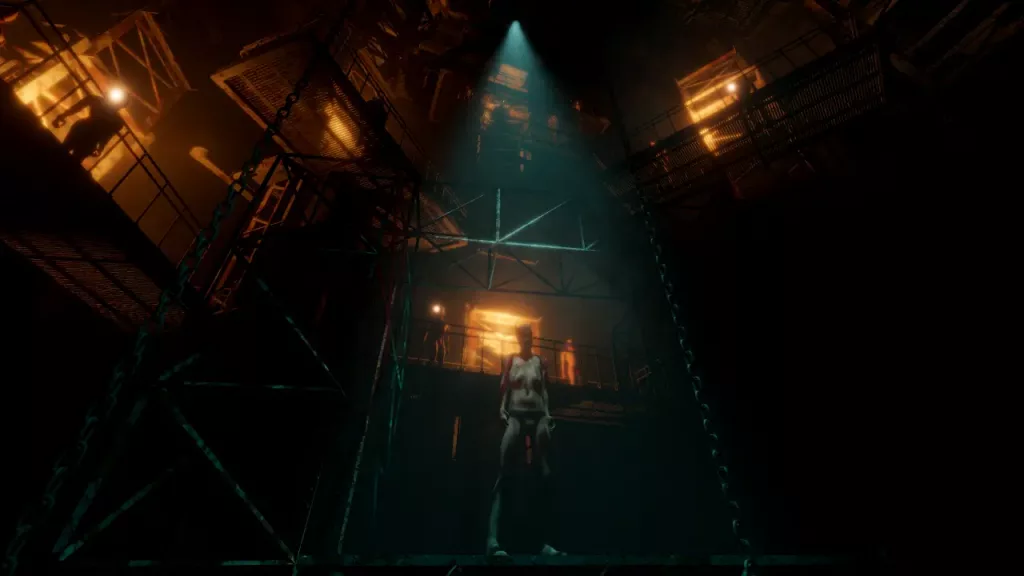
Will the audience want to talk to this aftercare person who had been your guide through the experience, but now was actually talking to you in a dialogue? And, yes, we’ve seen very good results on that, which is promising for future versions of this piece that we’re exploring.
You have a history of using new technologies as they emerge, and experimenting with the form. What do you think about this piece represents that similar kind of inquisitive challenging?
M.D. – I think what makes a piece like DARK ROOMS stand out is not the super avant-garde technical advancements that we’ve done in previous projects. To me, it resembles more the thorough storytelling work that we did in END OF NIGHT. DARK ROOMS is using tools we already know, but just really trying to take care of the story and making sure the audience felt taken through in interesting way. It’s not as much an experiment as it could have been – I have plenty of things I still want to experiment with, including this idea of bringing in an AI live performer. But DARK ROOMS is showing a way to tell stories in a cinematic, yet free agent way. It’s showing a glimpse of what other projects at Venice were doing as well, like 2000 METERS ABOVE THE CLOUDS and BLUR were showing us this way of telling stories where you physically move together through spaces and unravel the story as you move. You’re the needle on the record, pulling out these stories as you walk around the groove. To me, it’s a very strong format that is now crystallized and proven that it works.
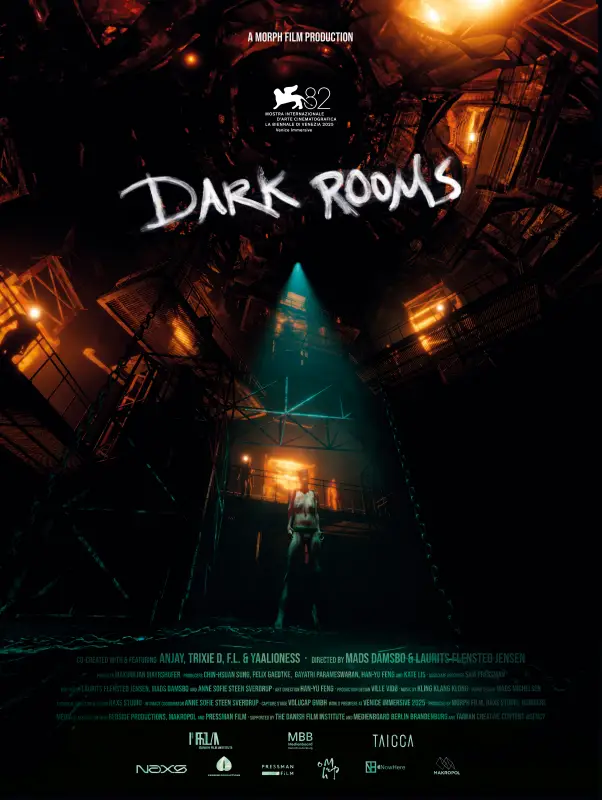
M.D. – We’re really looking forward to taking this to real world audiences. The next step for us is to scale this as a physical tour you could take to any city. We are planning premieres in Denmark, Berlin and Taipei to get it back to our co-producing countries. From there, we’re quite open, but a European or UK tour is highly likely, and then North America.

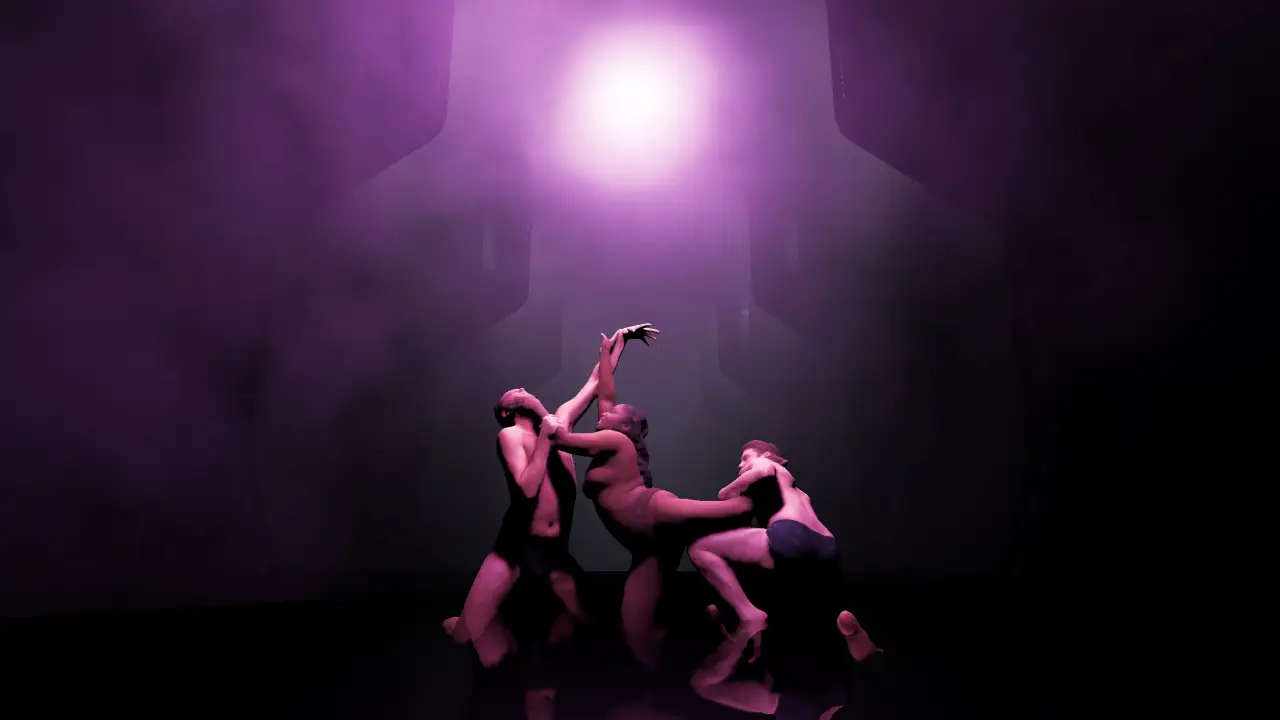

Leave a Reply
You must be logged in to post a comment.